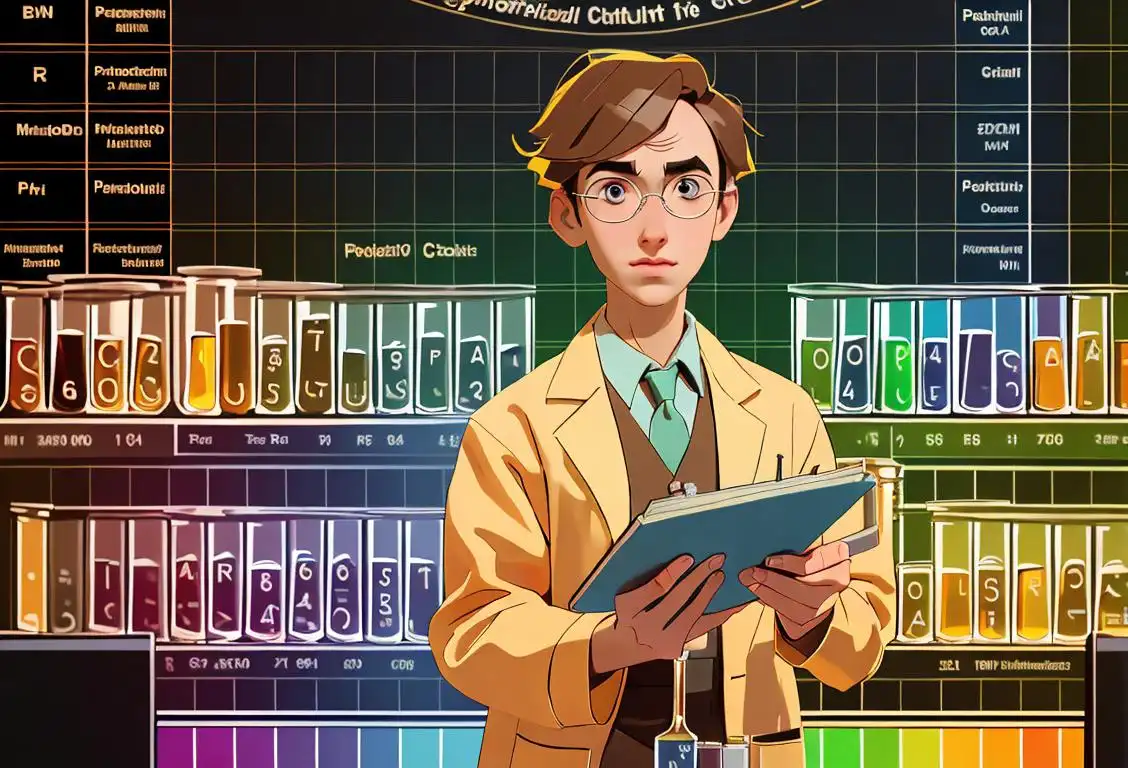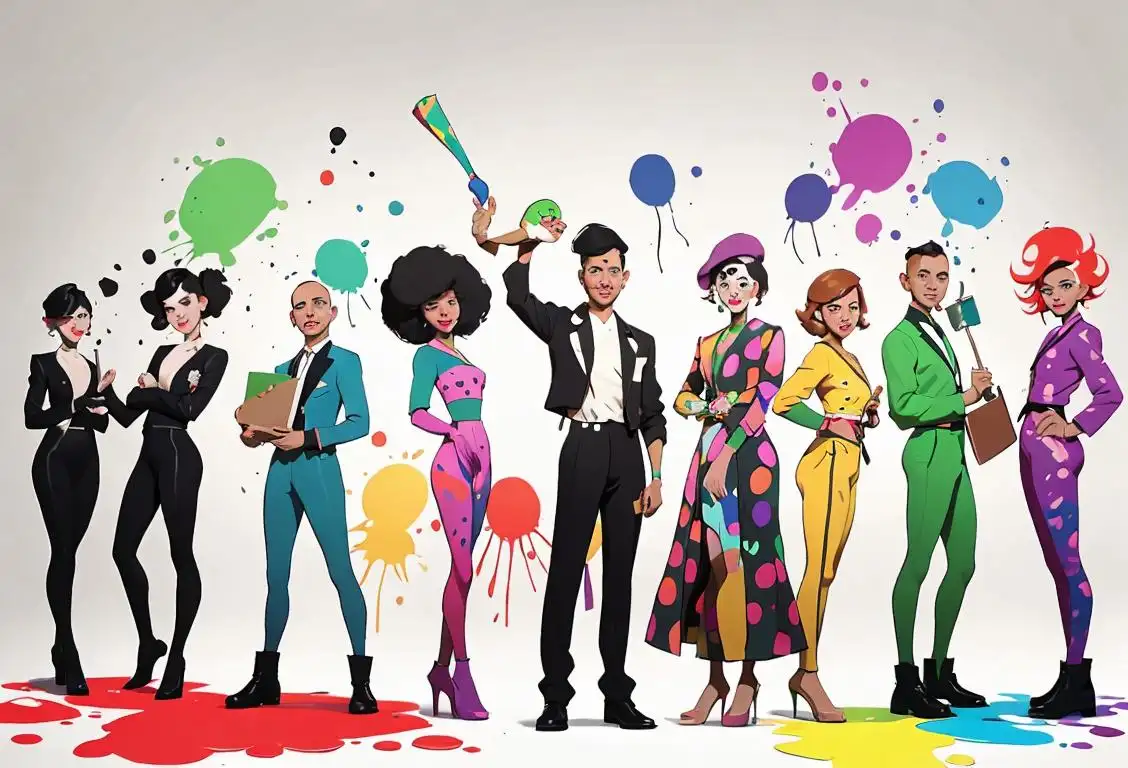National Pencil Day

Quote/unquote real write.rs might use pens, but where would we be without the humble, yet mighty pencil, a hero of the stationery world? Well, every March 30th, we can show our gratitude by celebrating the National Pencil Day! Let's, er, 'draw' a little deeper into the graphite-filled history of this underrated writing wonder.
When is Pencil Day?
It's national pencil day on the 30th March.
History of the Pencil
The history of the pencil could be traced way back to the ancient Roman times, but it didn't become the sleek handheld device we know and love until 1858. That's when Hymen Lipman, an American inventor, came up with the ingenious idea of combining an eraser with a pencil and patented it on March 30. There you have it, the reason why we celebrate National Pencil Day on that date.<\p>
Pencil Day Online Popularity
Once the digital age rolled out, the pencil didn't lose its luster! Our data shows there were 4329 mentions of National Pencil Day online, reaching its peak popularity on March 30, 2020. Pencil enthusiasts rallied from every corner of the web to honor this mighty writing tool. From vibrant doodles on Instagram to striking pencil sculptures on Pinterest, Lipman’s invention sure left a mark, proving once again, that the pen isn't always mightier!<\p>
Celebrating National Pencil Day
One might think, 'How could I possibly celebrate a day dedicated to pencils?'. Well, it's easier than you thought! Give sketching a shot, even if your artistry hasn't evolved since third grade. Or volunteer to sharpen all the pencils at your local school, trust me, teachers will love you. You could also run a pencil drive to help students who can't afford their own. Remember, it's all for fun and for a great cause.<\p>
History behind the term 'Pencil'
1565
Discovery of Graphite
In the year 1565, the earliest step in the history of the term 'pencil' took place with the discovery of graphite. Graphite, a soft, dark, and greasy mineral, was first found in Borrowdale, England. The locals of this area noticed that graphite left marks on materials and started using it as a writing tool. This led to the birth of the pencil as we know it today.
1795
Creation of the Pencil Manufacturing Process
In the year 1795, the French chemist Nicolas-Jacques Conte invented a process to produce graphite pencils on a larger scale. Conte mixed powdered graphite with clay and water, creating a paste that could be molded into thin sticks. These sticks were then dried and fired in kilns, resulting in a more durable and versatile writing instrument. Conte's process revolutionized pencil manufacturing, making it possible to mass-produce pencils for widespread use.
1858
Introduction of Hexagonal Pencils
The year 1858 marks an important step in the evolution of the pencil with the introduction of hexagonal pencils. Before this time, pencils were mainly cylindrical in shape. The switch to a hexagonal shape was driven by the desire to prevent pencils from rolling off flat surfaces. This new design made pencils easier to handle and less prone to rolling away, making them more convenient for users.
1861
Eraser Attachment
In 1861, Hymen Lipman, an American inventor, received a patent for attaching an eraser to the end of a pencil. Lipman's invention was a significant innovation that eliminated the need for a separate erasing tool, making the pencil a more versatile writing instrument. This development allowed users to conveniently correct their mistakes without having to switch between different tools, further enhancing the popularity and convenience of pencils.
1970
Introduction of Mechanical Pencils
The year 1970 brought about another milestone in the history of the pencil with the introduction of mechanical pencils. Instead of being made from wood and graphite, mechanical pencils used a refillable lead mechanism that advanced the lead incrementally as needed. This innovation allowed users to enjoy the benefits of a pencil without the need for sharpening. Mechanical pencils became popular for their convenience, precision, and the ability to easily switch between different lead thicknesses.
Did you know?
Did you know the average pencil holds enough graphite to draw a line about 35 miles long? Or that nearly 14 billion pencils are produced every year, enough to circle the globe 62 times?Tagged
awareness fun rememberance education artsFirst identified
30th March 2015Most mentioned on
30th March 2020Total mentions
4329Other days
Pencil Day
Education Day
College Signing Day
Periodic Table Day
Girl Child Day
Bestfriends Day
Memorial Day
Suicide Prevention Day
Bird Day
Unemployed Day








